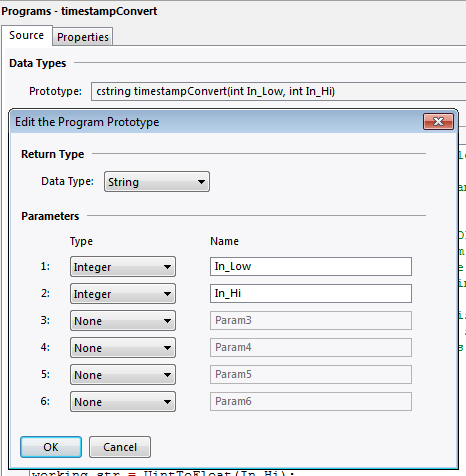
If we take the seconds value returned by date and feed it back into the date command with the -d (display time described by a string) option, it’ll convert it back to a regular date and time. The “%s” format token means “show the seconds since the epoch.”
Linux time style format epoh plus#
Format strings have a plus sign “+” as their first character. To see the underlying integer value, we can use a display format string. When daylight saving time isn’t in effect, the Eastern Time Zone uses Eastern Standard Time. EDT is Eastern Daylight Time, which means our test computer is in the Eastern Time Zone, and daylight saving is in effect. You’re also shown the time zone that the time is adjusted for. Using the date command without any parameters prints the current date and time to the terminal window. We can use the date command to verify Linux and other Unix derivatives still use the original, simple scheme of storing the time value as the number of seconds since the epoch.

At least, until the year 2486 approaches, bringing with it the exact same problem for systems that use 64-bit based integers to count the time since the epoch. The vast majority of systems will see the crunch time come and go without incident. Once again, we’ll be able to relax. However, the speed of consumption was also reduced from 60ths of a second to whole seconds.īut devices like that should be a tiny minority. It might seem a surprising choice because a signed integer is able to hold a smaller number of positive values-2,147,483,647 (2 31)-than an unsigned integer. The unsigned integer was replaced with a 32-bit signed integer. Needless to say, this was acted upon rapidly. With a rate of consumption of 60 numbers per second, the counter would have hit its maximum value on April 8, 1973, a little less than 829 days later.
Linux time style format epoh manual#
But the counter incremented at 60 times a second and, as the Programmer’s Manual points out, “The chronological-minded user will note that 2**32 sixtieths of a second is only about 2.5 years.” This is a numeric variable capable of holding values in the range of 0 to 4,294,967,295 (2 32−1).

Unix used a 32-bit unsigned integer to hold the count of 60ths of a second since the epoch.

This is the epoch for that operating system. In operating systems, an arbitrary time and date are chosen as the point from which the counting starts. Calendars and time systems measure time starting at some significant point in the past, such as a cosmological event, the founding of an empire, or the success of a revolution.


 0 kommentar(er)
0 kommentar(er)
